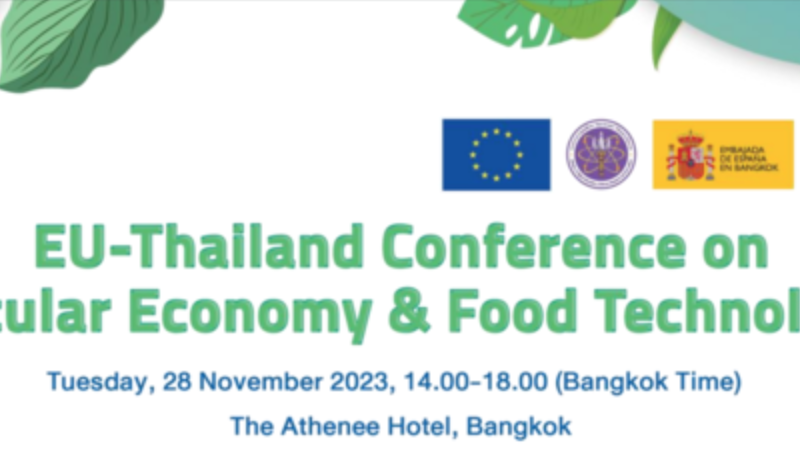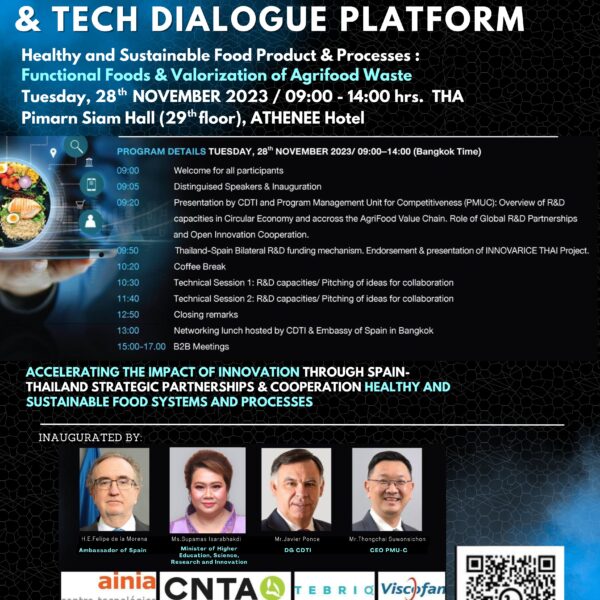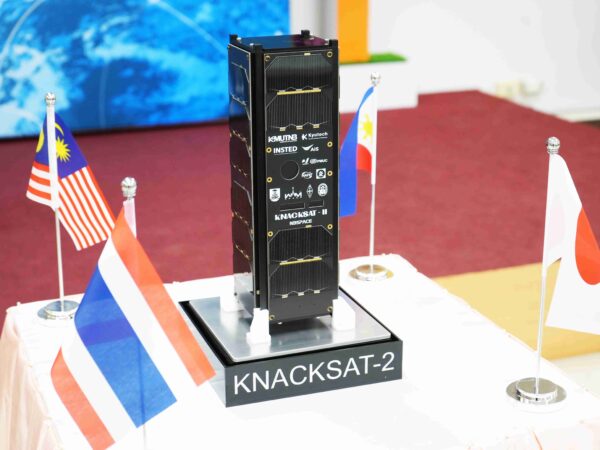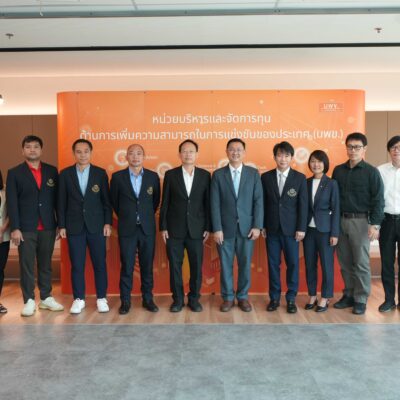
The research team at NSTDA (National Science and Technology Development Agency) has
developed a method for producing high-value nanocarbon materials from discarded chicken
fat using chemical vapor deposition (CVD) technology to create sustainable economic
opportunities. A panel from the Circular Economy Sub-committee, along with a team of
experts, recently inspected the progress of this project at the end of July.
Discarded chicken fat is a waste product from the poultry industry, which is a significant
export product for Thailand and generates substantial waste each year. This waste is either
used for low-cost food preparation or disposed of. The NSTDA research team, led by Dr.
Anurat Wisitsoraat, aims to efficiently utilize discarded chicken fat to increase its value and
reduce the environmental impact of its disposal. They do this by using it as a precursor to
synthesize high-value nanocarbon materials that can be applied in advanced fields such as
electrical and electronic components, chemical sensors for agriculture, food, and medicine,
and high-efficiency and safe energy storage devices, including alternative batteries, which
offer high efficacy and maximum safety.

Dr. Anurat explained the concept behind this project, stating, “Chicken fat is a suitable
material for the synthesis of nanocarbon materials due to its abundance, low cost, and high
carbon content compared to other waste oils. We propose to develop the production of
nanocarbon materials, such as nanocarbons and graphene, from discarded chicken fat using
a chemical vapor deposition process with a new and low-cost catalyst, such as Ni-Fe
nanoparticles. This production process can be carried out in two ways: the direct pyrolysis of
the catalyst mixed with discarded chicken fat and the pyrolysis of discarded chicken fat to
form catalyst.”
In the experiments, various parameters are adjusted, including the composition of the
catalyst, the pyrolysis temperature of the chicken fat, the residual temperature of the
catalyst, the mass ratio of the catalyst to the amount of oil from the chicken fat, the
composition of the gas phase, the flow rate of the gas, and the synthesis time, to modify the
structural properties of the nanocarbon materials. It is expected that this will result in
nanocarbons with a center size of less than 40 nanometers and graphene with fewer than
10 layers, making them suitable for various important applications in electronics and
advanced electronics. Furthermore, the research team has plans to scale up the production
process for industrial applications in the future.
From the on-site visit following up on the project progress, it was found that the research
team is currently able to develop the process of producing nanocarbon materials from
chicken fat waste using the CVD method under the best conditions and is preparing to apply
for a patent for the process of producing nanocarbon materials from chicken fat waste using
the aforementioned method. For the next research phase, the research team aims to improve the synthesis of graphene structures with Ni-Fe catalysts and conduct further studies on scaling up by increasing the quantity of chicken fat waste, as well as evaluating the cost-effectiveness, including energy and materials balances, by implementing a large- scale synthesis system in the form of a fluidized bed CVD to expand production towards
semi-industrial scale and potentially advance to the industrial level in the future.
















